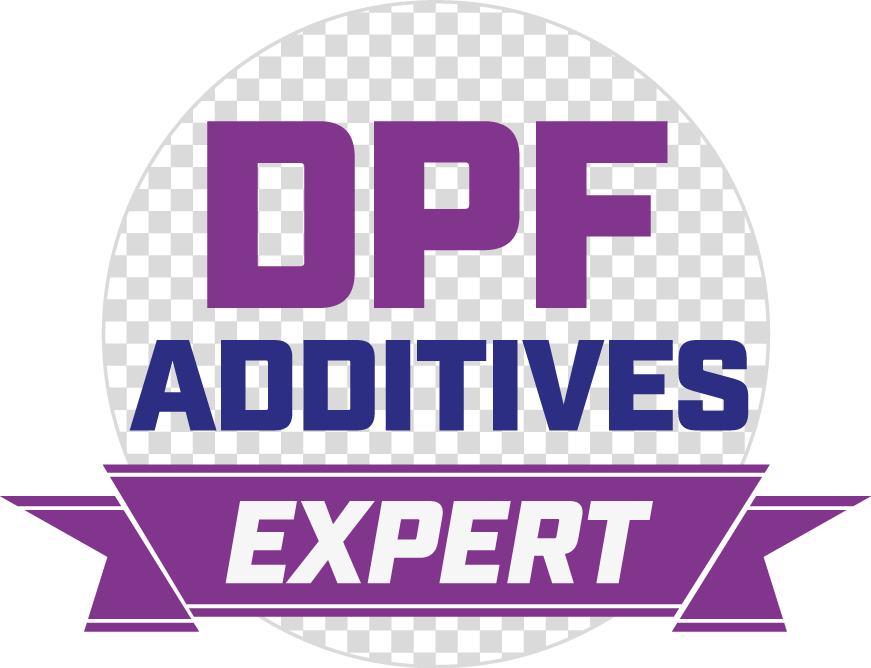As soot collects in the DPF it periodically needs to be burnt away – a process called ‘Regeneration.’ Under ideal conditions this will happen through normal running of the vehicle. Soot or carbon particles will burn completely away – like charcoal on a BBQ – provided they reach a temperature of around 600°C, and DPFs rely upon exhaust gas temperatures becoming hot enough for this to happen. Vehicles which regularly run at speeds above 40 mph – ideally carrying significant loads – produce enough heat in their exhaust gases to achieve this. But these conditions are not always met.
To allow regeneration of the DPF under less favourable conditions (see ‘DPF Problems – Possible Causes’) vehicle manufacturers (OEMs) have designed on-board systems with dealer workshop support. The two main OEM regeneration strategies are:
- Thermo-mechanical – ‘Active Regeneration.’ This involves an injection of fuel directly onto the DPF to act as ‘lighter fluid’ to initiate carbon burn off.
- Chemical – uses an on-board Fuel Borne Catalyst (FBC). This is dosed into the fuel as the vehicle requires it. e.g. Eolys for PSA vehicles
In order for the vehicle to react to soot build-up in the DPF, a pressure sensor is fitted in exhaust upstream of DPF and linked to ECU. If soot build up is detected beyond what can be addressed by either of the above strategies, further action will be required from the driver and/or a mechanic. The following is a menu of typical remedial actions triggered by level of back-pressure build up from soot blockage:
| Soot Loading | Vehicle Response | Driver Action | Approx. Cost |
|---|---|---|---|
| 30-45% | Post Combustion Fuel Injection | None Required | Fuel |
| 30-45% | Dashboard Warning Light | Fast Drive (40 mph, 15 mins, 2000 rpm) | Fuel,Time |
| 70-75% | Restricted Performance ‘limp’ mode | Workshop Visit for: Forced Regeneration | £250 |
| 85-100% | Restricted Performance ‘limp’ mode | Workshop Visit for:
(i) External Filter Clean or |
£250 |
